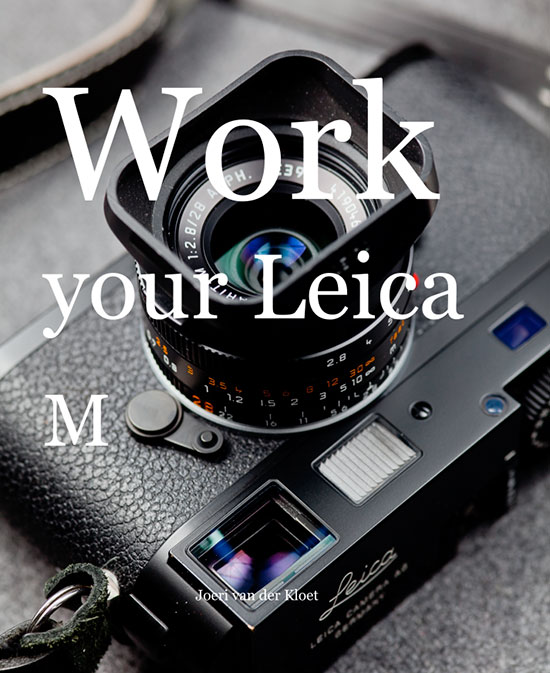
There is a new “Work your Leica M” ebook on blurb. Here are few words from the author Joeri van der Kloet:
When I switched my DSLR for a shiny black M9, a few years ago, I knew I would have to start learning photography all over again. I spent hours, days and weeks training on my focussing skills and the first moment I felt more or less confident enough, I took it to one of my weddings.
Being a documentary wedding photographer, I need to nail the action. I don’t stage any settings and only take images of real moments. That means I need to be able to focus very, very fast. Working with available light only, I use my lenses wide open most of the time, so that means focussing needs to be accurate as well.
I have developed a method for myself to force myself to keep training focussing. In winter, when I don’t shoot many weddings, I know from experience that my skills will degrade, if I don’t practice enough. I started training other Leica users, using my own method in my one-on-one workshops. I was surprised how well it worked. Most people know they need to train focussing, but apparently they don’t know how to train. Some skills are never developed properly, because photographers think some methods are too hard to even try.
In ‘Work Your Leica M’ I’ve covered the essentials of focussing, plus a lot more. Using the viewfinder patch, hyperfocal settings, or focus pulling, the photographer can get an accurate and fast focus in different circumstances. With 14 simple and effective exercises the speed and accuracy of your focus will improve significantly. All you need is ten minutes a day for a few weeks and a little effort. Most of the tutorial is devoted to using the rangefinder patch and focus pulling. While focus pulling is very hard, even a slight increase in this skill will make you a much better photographer.
A basic knowledge of photography and the rangefinder is required. You need to know how shutter time, aperture and ISO relate to each other. You need to know what depth of field is and how it relates to aperture, your distance from your subject and your lens.














